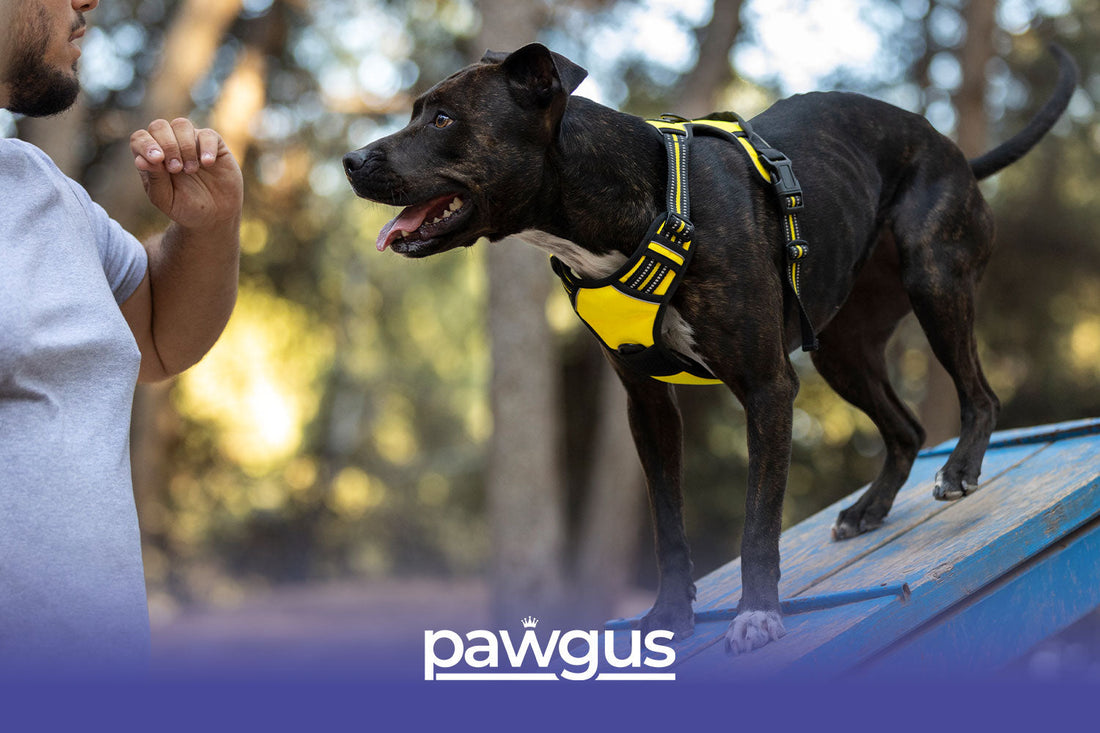
How to Teach Your Dog to Sit?
Share
Teaching your dog the "sit" command is one of the most fundamental steps in dog training. Training your dog to sit helps improve obedience skills and ensures better control in daily life. It also lays the foundation for more complex commands. Since sitting is a natural movement for dogs, it is relatively easy for them to learn this command.
Once your dog gets used to sitting on command, it becomes easier to introduce other commands, such as "stand" or "stay." The key to successful training is patience and consistency. Additionally, teaching your dog to sit at home helps establish discipline and strengthens your bond with your pet.
How to Train Your Dog to Sit at Home
Training your dog to sit at home not only provides a great bonding experience but also makes the learning process more effective. There are a few key points to keep in mind when teaching your dog to sit at home.
First, choose a quiet and distraction-free environment where your dog can focus. A calm space makes it easier for your dog to pay attention to your commands. Make sure to have some of your dog's favorite treats on hand to use as a reward. Training should always be a positive and enjoyable experience.
Hold a treat in your hand and slowly move it above your dog's head. Naturally, your dog will look up and shift into a sitting position to maintain balance. The moment your dog sits, say "sit" clearly and immediately reward them with a treat and praise.
Repeating this process several times helps your dog associate the command with the action. Positive reinforcement, such as praise and treats, ensures that the behavior becomes a habit. With consistency and patience, your dog will soon be able to follow more advanced commands.
Step 1: Create the Right Training Environment
The first step in training your dog to sit is to ensure the right environment. Choose a quiet space without distractions, allowing your dog to focus entirely on training. If the environment is too noisy or chaotic, your dog may struggle to respond to commands.
Additionally, your dog should be calm and not overly excited before training begins. Practicing commands after your dog has expended some energy through play or a walk can lead to better results.
Step 2: Use Positive Reinforcement
Rewards play a crucial role in dog training. When your dog successfully follows the sit command, reinforcing the behavior with a treat or verbal praise strengthens the connection between the command and the action.
Treats should be small and given immediately after your dog sits. Verbal praise, such as "Good job!" or "Well done!" along with a gentle pet, helps reinforce positive behavior. Over time, you can gradually reduce the frequency of treats while maintaining verbal and physical praise.
Step 3: Show Patience and Consistency
One of the most important factors in training your dog to sit is patience. Dogs respond best to positive and consistent training methods. If your dog doesn’t sit immediately, avoid frustration and keep trying.
Use a calm and encouraging tone of voice to guide your dog. If your dog sits successfully, reward them instantly. Repetition is key—practice for a few minutes each day rather than conducting long training sessions.
How Often Should You Practice?
Repetition and consistency are essential in dog training. However, keeping training sessions short and engaging prevents your dog from becoming bored or frustrated.
The ideal training session should last about 5 to 10 minutes. Short but frequent sessions (2-3 times a day) help reinforce the command without overwhelming your dog. You can also mix in other simple commands, such as "stay" or "come," to keep the training sessions dynamic and fun.
Make sure to give your dog plenty of breaks and playtime to prevent fatigue. A well-balanced training routine ensures that your dog remains eager and engaged.
How Long Does It Take for Puppies to Learn?
The time it takes for a puppy to learn the sit command depends on their age, breed, and personality. Generally, puppies learn faster than adult dogs because they are naturally curious and eager to please.
Some puppies may pick up the sit command within a few days, while others may take a couple of weeks. The key to success is patience, repetition, and positive reinforcement. Since puppies have short attention spans, keeping training sessions brief (5-10 minutes) yet frequent can speed up the learning process.
Encouraging your puppy with treats, praise, and playful interactions will make training more effective and enjoyable.
Common Mistakes to Avoid When Teaching the Sit Command
To ensure a smooth and positive training experience, avoid these common mistakes:
-
Do not force your dog to sit – physically pushing your dog into a sitting position can cause stress and make training less effective.
-
Do not rush into advanced commands – before moving on to commands like "stay" or "down," ensure your dog has fully mastered "sit."
-
Be consistent with commands and rewards – using the same verbal cue and hand signal every time helps your dog understand and remember the command.
-
Avoid negative reinforcement – punishing or scolding your dog for not sitting correctly can create anxiety and slow down the learning process.
-
Keep sessions short and engaging – overly long training sessions may cause frustration and reduce your dog's willingness to learn.
By using positive reinforcement, consistency, and patience, you can successfully teach your dog to sit and lay a strong foundation for further training.
